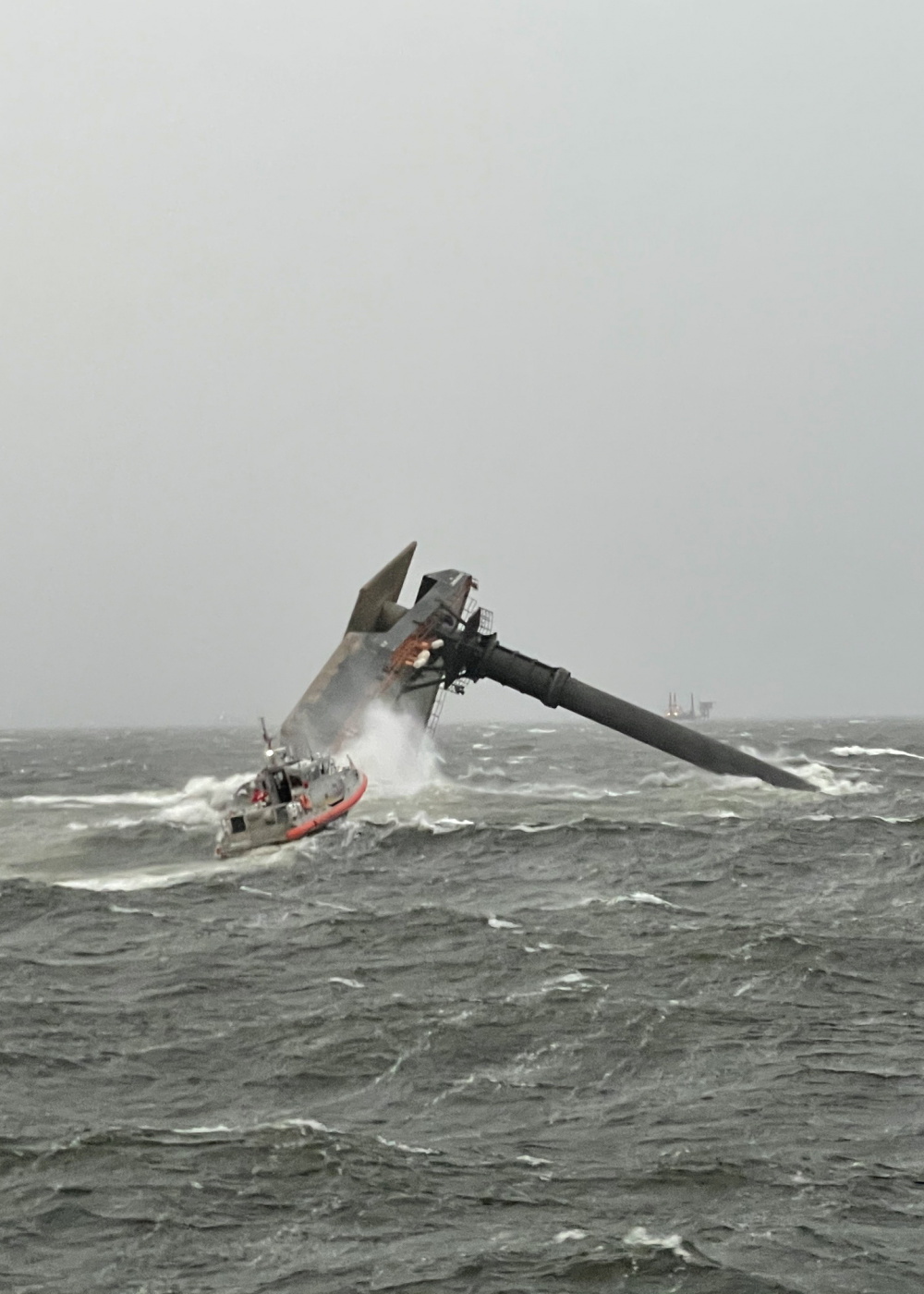
By Stephanie Kelly
NEW YORK (Reuters) -Oil prices fell on Friday as energy companies in the U.S. Gulf of Mexico restarted production after back-to-back hurricanes in the region shut output.
Both Brent and U.S. crude benchmarks were on track for weekly gains of 3.2% and 3.3%, respectively, owing to the recent supply tightness due to the hurricane outages.
Brent crude futures fell 42 cents to $75.25 a barrel by 12:48 p.m. EDT (1648 GMT). U.S. West Texas Intermediate (WTI) crude futures fell 60 cents to $72.01 a barrel.
Friday’s slump came after five straight sessions of rises for Brent. On Wednesday, Brent hit its highest since late July, and U.S. crude hit its highest since early August.
“The reason oil prices reached such highs in the last few days was clearly supply disruptions and drawdowns in inventories, so now that U.S. oil production is returning, oil as expected trades lower,” said Nishant Bhushan, Rystad Energy’s oil markets analyst.
Gulf Coast crude oil exports are flowing again after hurricanes Nicholas and Ida took out 26 million barrels of offshore production. Restarts continued with about 28% of U.S. Gulf of Mexico crude output offline, Reuters reported on Thursday.
The dollar climbed to a multi-week high on Friday, making dollar-denominated crude more expensive for those using other currencies. The dollar got a boost from better-than-expected U.S. retail sales data on Thursday.
U.S. consumer sentiment steadied in early September after plunging the month before to its lowest level in nearly a decade, but consumers remain worried about inflation, a survey showed on Friday.
(Reporting by Stephanie Kelly in New York; additional reporting by Julia Payne in London, Sonali Paul in Melbourne and Roslan Khasawneh in Singapore; Editing by David Goodman, Louise Heavens and David Gregorio)











